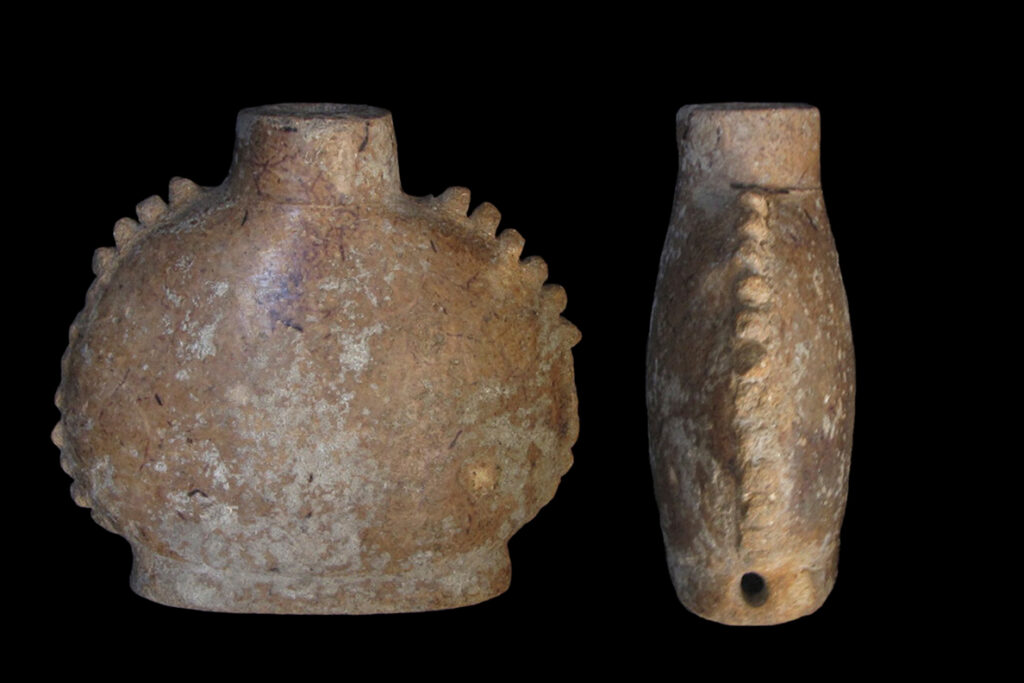Researchers from Washinton State University have identified the presence of a non-tobacco plant in the ancient Maya drug containers for the first time.
The team detected Mexican marigold (Tagetes Lucida) in remnants of 14 miniature Maya ceramic vessels.
The researchers think that the Mexican marigold was mixed with the tobacco to make smoking more enjoyable.
The research led by anthropology postdoc Mario Zimmermann recently appeared in Scientific Reports journal.
Maya Ceramic Vessels
Maya ceramics are ceramics produced in the Pre-Columbian Maya culture of Mesoamerica. The vessels used different colours, sizes, and had varied purposes. Vessels for the elite could be painted with very detailed scenes, while utilitarian vessels were undecorated or much simpler.
The vessels which were actually buried more than 1,000 years ago on Mexico’s Yucatán peninsula.
Theses vessels were also found to contain chemical traces present in two types of dried and cured tobacco namely Nicotiana tabacum and N. Rustica.
The discovery of the vessels’ contents paints a clearer picture of ancient Maya drug use practices. The research also paves the way for future studies investigating other types of psychoactive and non-psychoactive plants that were smoked, chewed, or snuffed among the Maya and other pre-Colombian societies.
“While it has been established that tobacco was commonly used throughout the Americas before and after contact, evidence of other plants used for medicinal or religious purposes has remained largely unexplored,” Zimmermann said. “The analysis methods developed in collaboration between the Department of Anthropology and the Institute of Biological Chemistry give us the ability to investigate drug use in the ancient world like never before.”
The research team is currently in talks with various Mexican institutions to get access to more ancient containers from that region which they can analyze for plant residues.
“We are expanding frontiers in archaeological science so that we can better investigate the deep time relationships people have had with a wide range of psychoactive plants, which were (and continue to be) consumed by humans all over the world,” said Shannon Tushingham, a professor of Anthropology at WSU and a co-author of the study.
“There are many ingenious ways in which people manage, use, manipulate and prepare native plants and plant mixtures, and archaeologists are only beginning to scratch the surface of how ancient these practices were.”
Journal Reference:
Mario Zimmermann, Korey J. Brownstein, Luis Pantoja Díaz, Iliana Ancona Aragón, Scott Hutson, Barry Kidder, Shannon Tushingham, David R. Gang. Metabolomics-based analysis of miniature flask contents identifies tobacco mixture use among the ancient Maya. Scientific Reports, 2021; 11 (1) DOI: 10.1038/s41598-021-81158-y
Press Release: Washington State University

